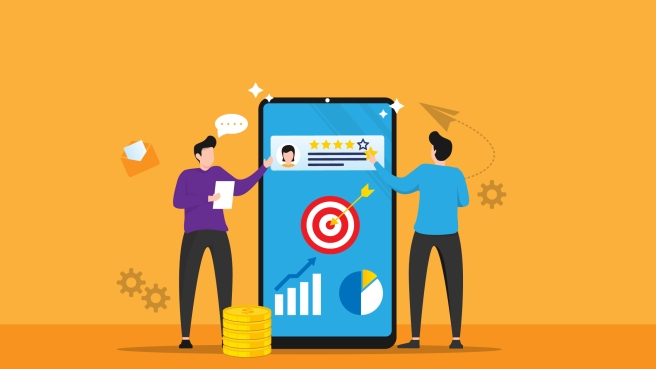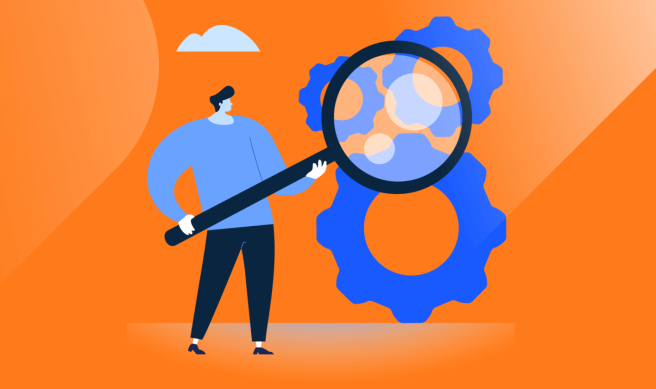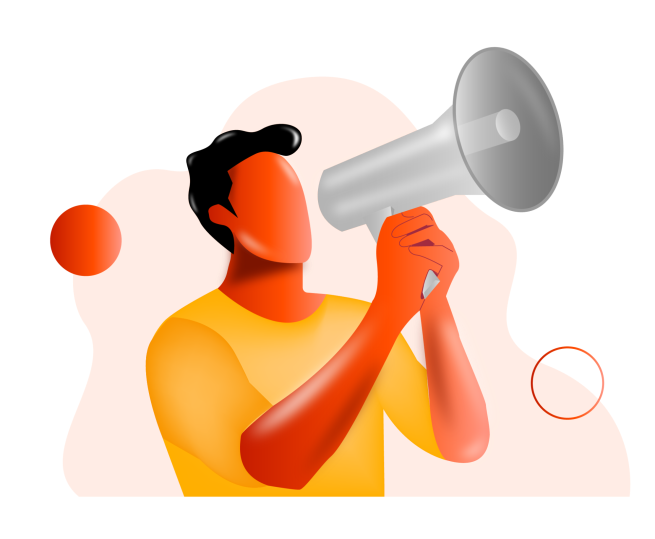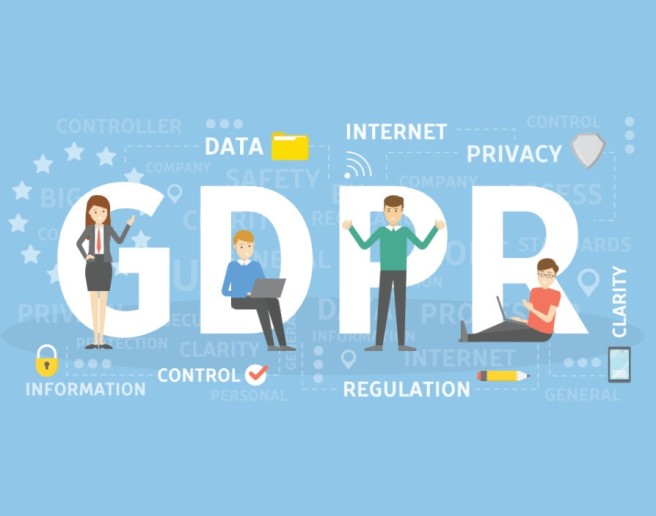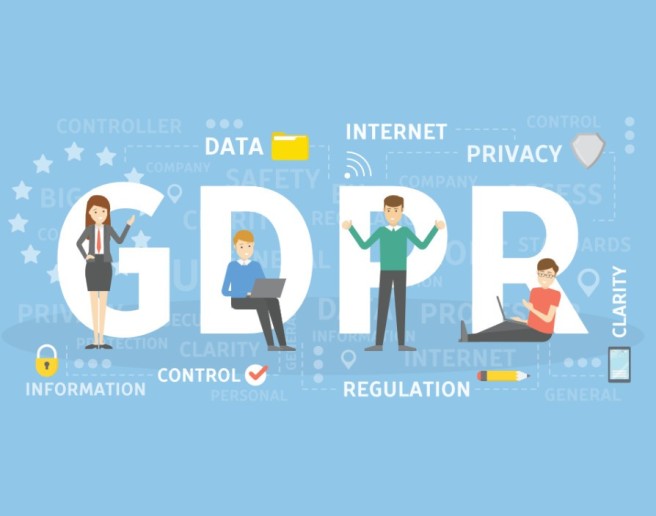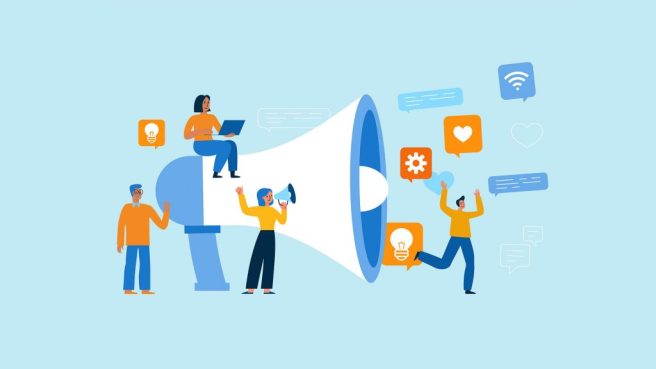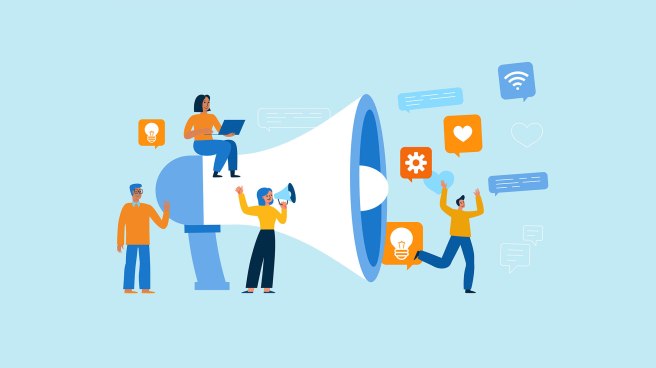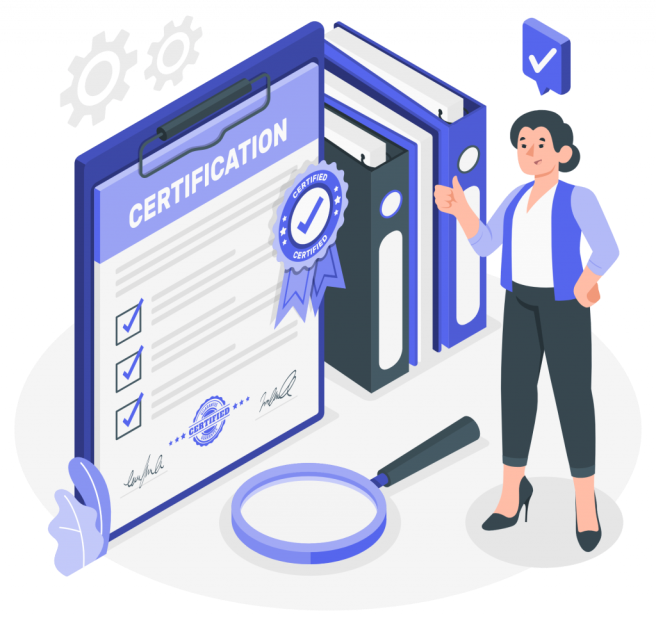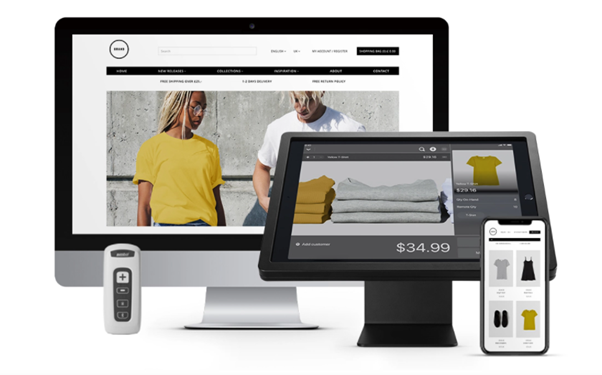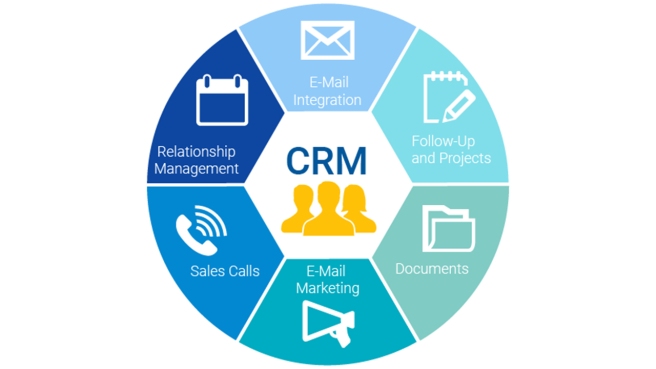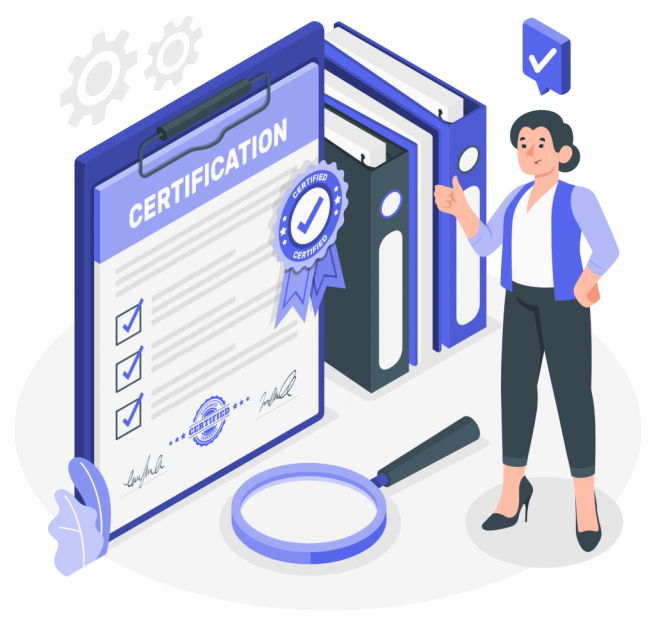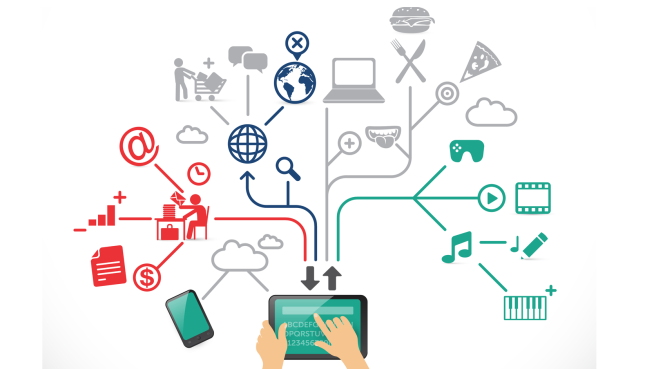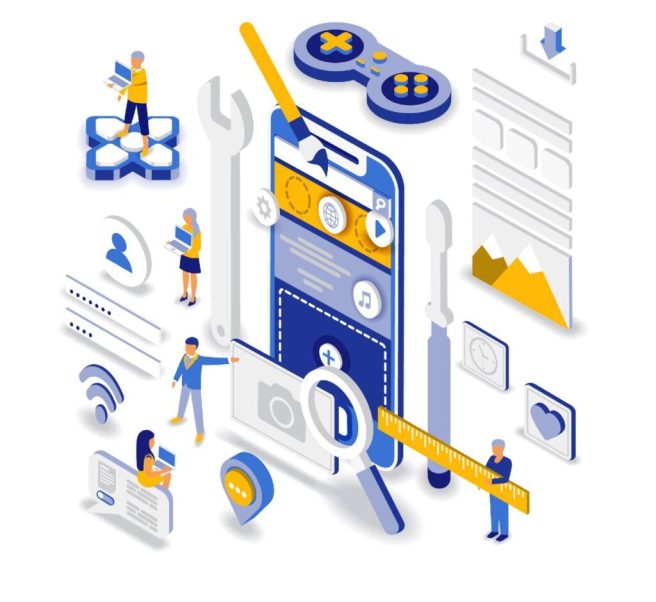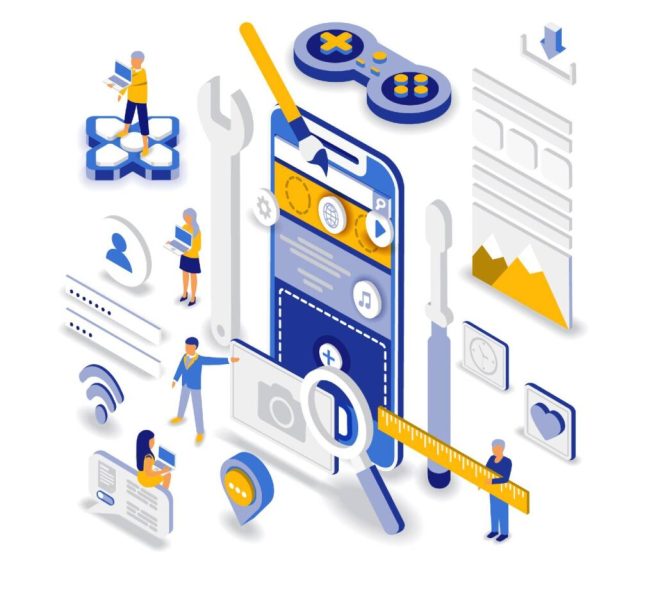Successful sales habits are a result of what you constantly do and pay attention to. Research tells us that it takes 21 days of consistently using a new behaviour for it to become a habit. Here are some sales habits you could try that could increase your success rate:.
Sell only to those who are in the window of buying.
To improve your return on sales effort (ROSE), focus on the buyer windows of 1. identified pain and 2. trigger pain. Do not invest time with latent pain (no reason to change) customers. Become quick at identifying the people who are potentially in the market and the people who aren’t. Spend more time on the people who want what you’re selling and less time trying to convince people who don’t that they do.
Know your product and its market fit.
People buy from experts and people we like and trust. There should be no question about your product or service that you cannot answer to your customer’s satisfaction. Knowledge inspires confidence, and if your buyer has trust and confidence in you, your sales conversations will be more effective.
Follow up, follow up, and follow up.
It takes persistence and effort to gain buyers attention. Consistency is key in sales. If you say you will follow up, then follow up. If you promise something, then deliver on it. Make sure your callbacks are actioned, every lead is acted upon, and every request is followed through.
Take responsibility for things that go wrong.
Successful sales habits include owning your own success. Don’t ruminate on rejections or lost sales. Your mindset in sales is one of your biggest assets. If things go wrong, reflect, learn, optimize for next time, and move on. Selling is mainly an interruption business, so get comfortable with being uncomfortable.
Ask, and you shall receive.
Always have an ask. Ask for commitments to meet, to present, to make a proposal, etc. Ask for the sale. Always be clear on what you are asking the buyer for; too many salespeople engage with a customer without having an ask.
Never speak badly about your competitors.
Even if the buyer expresses frustration with their current provider, do not speak badly about them. This shows integrity. Focus on the problem, not the provider. People who are willing to trash talk their competitors might be just as willing to do so about their customers. They are seen as untrustworthy.
Don’t say what you can’t support.
Sure, successful selling is about story-telling. But in your stories, do not invent scenarios that you cannot support or provide social proof for. Focus on your strengths, your value, and what you do well. If you get objections or questions about something that is beyond your capabilities, be open and see if there is any other opportunity. Do not make stuff up. Never compromise your personal brand or credibility.
The Deadly Sales Sins
Successful sales habits are also about what not to do. Every business and every salesperson make mistakes, that’s life. The key is to try to reduce them as you learn and grow. Here’s a list of mistakes to avoid when making sales:.
Selling without knowing your customer.
People buy from people and brands they trust. To win in sales, you must not only be knowledgeable about your product but also about industry trends, challenges, and their unique set of needs. Ask yourself: Why am I targeting this customer? Why would they listen to me? What information do I have that would get their attention? Then, you have to take the time to listen to your customers and ask appropriate questions. What is my value proposition for them, and do I really believe they are a fit for my offering?
Using the same old sales pitch.
Customers don’t care what we do. They care about what value you will bring and what we can do for them. Getting their attention and getting past “why listen to you” needs an impactful value proposition with a story they can relate to. Coming back to the same customers with the same old pitch is a big mistake. Ever notice how often we start a sales call the same old way. Same phrases, same words as everyone else. Why is that? Laziness? Habit? This is the point. If buyers have resistance to salespeople, then we should get creative and try not to sound like every other salesperson. People want to know you are innovative, creative, and on the cutting edge of your industry. Make sure that you revitalize your sales presentation often. Use different examples, different approaches, appeal to different behavioural styles, and offer different incentives. Being creative is one of the keys to making sales.
Not taking advantage of sales training.
Selling is about art and science. Every expert approaches their job with the right skills, tools, and mindset. Yet, in sales, we read a script, get a list of contacts, and off we go. Then we are shocked at the low engagement rates with customers. The most successful salespeople never stop learning new ways to improve. (same as any profession). Take advantage of every sales training opportunity you can find. You will never lose if you choose to keep on learning.
Not Caring.
Do you believe passionately in what you do, the value you bring to your customers, your business, and, most importantly, yourself? Selling is a producer’s role, mostly every activity we do has to make an impact. Going through the motions and not caring about your own mindset or what you say or do will only result in you seeking out a new role. If you care, it shows, in your voice, your body language, and your actions. Care if you dare; if not, find something else.
Ignoring credibility and personal brand.
Never compromise your values, your credibility, or your personal brand. It’s never worth it in the long run. Always show integrity in your dealings with other people. It may feel good to put your competition down so you can convince your prospects of how much better you are, but in the long run, it won’t benefit you. People may like you in the moment, especially if you have charisma and the power of persuasion, but once you walk away, they’ll think about the things you said—both about yourself and about others—and they won’t trust you. Credibility and integrity always win in the end.
Wrap up.
One major pillar of success in any walk of life is establishing a winning position. Successful sales professionals are experts at selling from positions of strength. At the core of sales mastery is the knowledge that success does not happen in just any position. Maximum results in life or business require a position of leverage, or positional advantage. However, this must be earned. Successful sales habits are about knowing how to earn and establish a leverage position within the relationships of life and business.
To become truly successful, the positive side of you must outweigh the negative side of you. Your passions have to outmuscle your fears. If you have the drive, motivation, and persistence to succeed, you’ll want to hone your skills to achieve maximum impact. How quickly—even whether—you reach maximum impact and win its high income depends on how thoroughly you train yourself for the success that can be yours.
Remember these points and incorporate these principles into your sales approach and everyday life.,
Source: Insights Into Successful Sales Habits – Free Sales Training Articles and Courses




